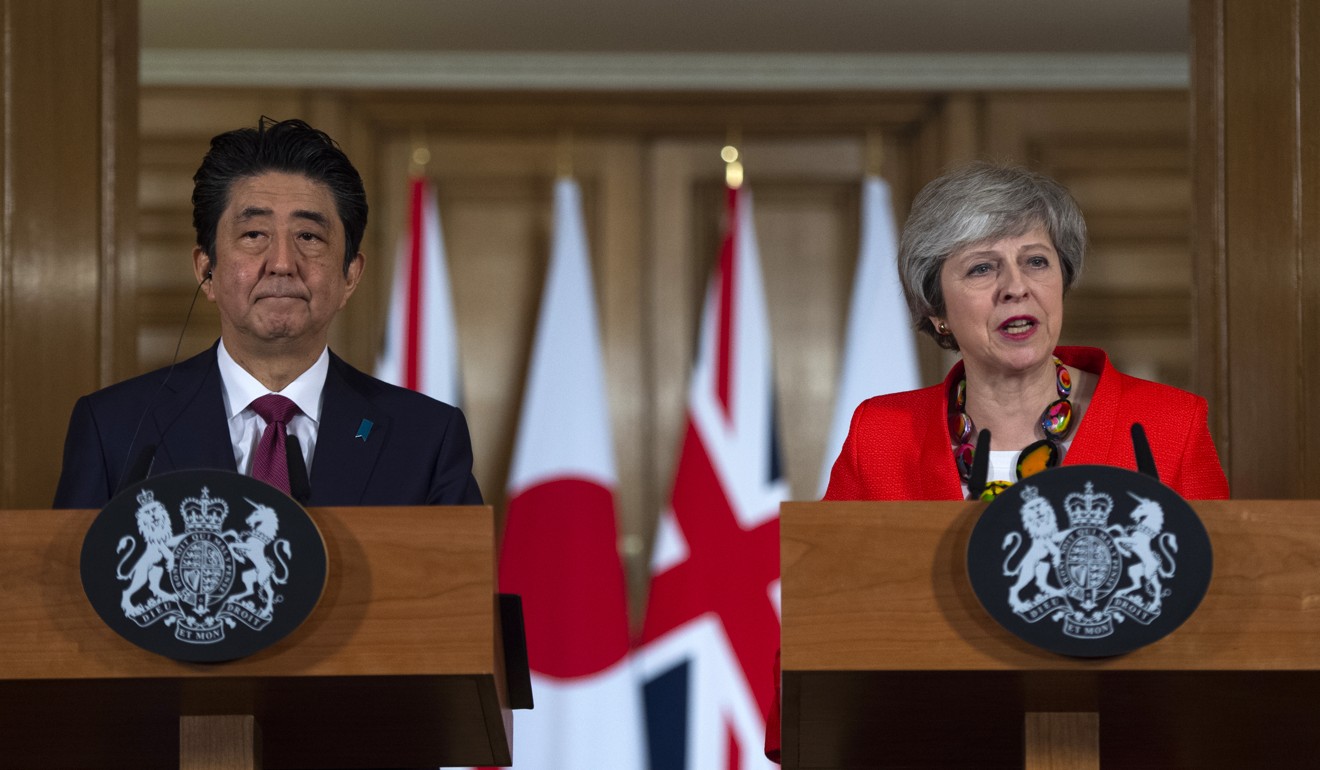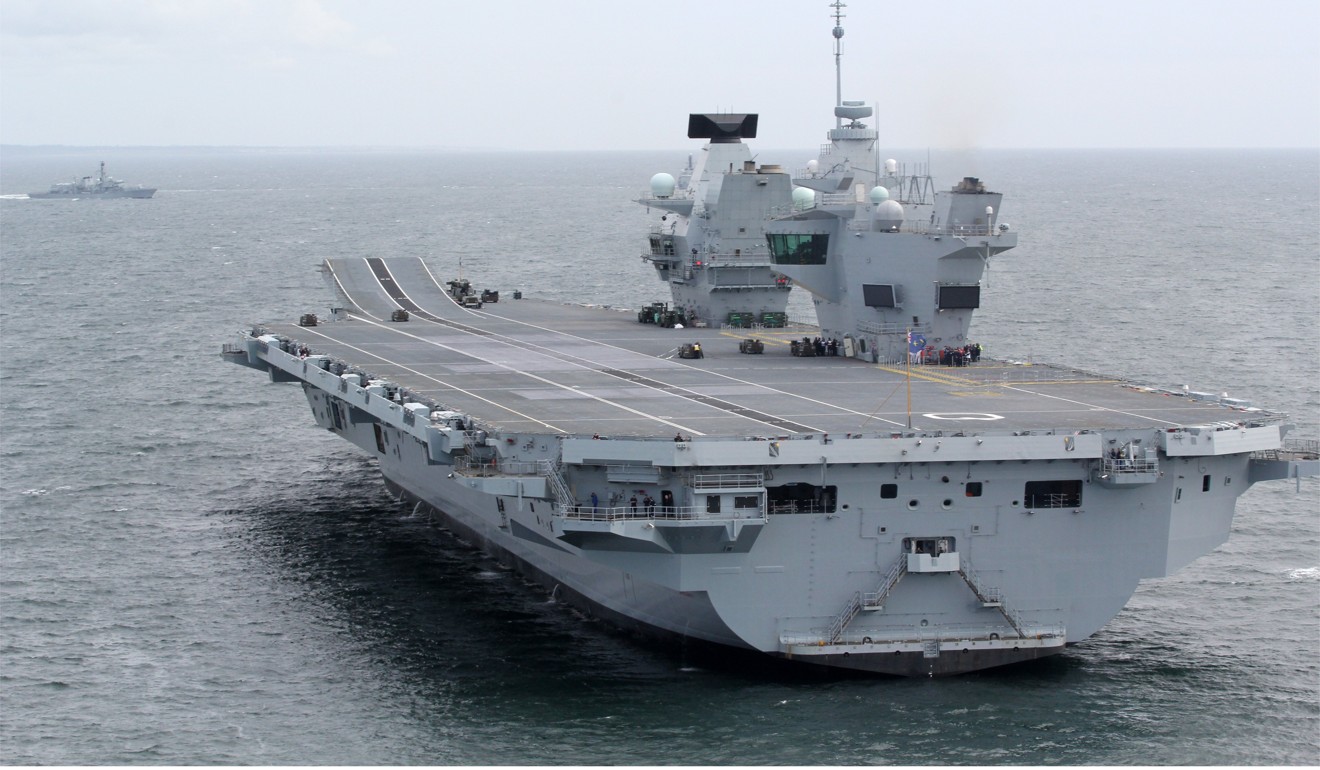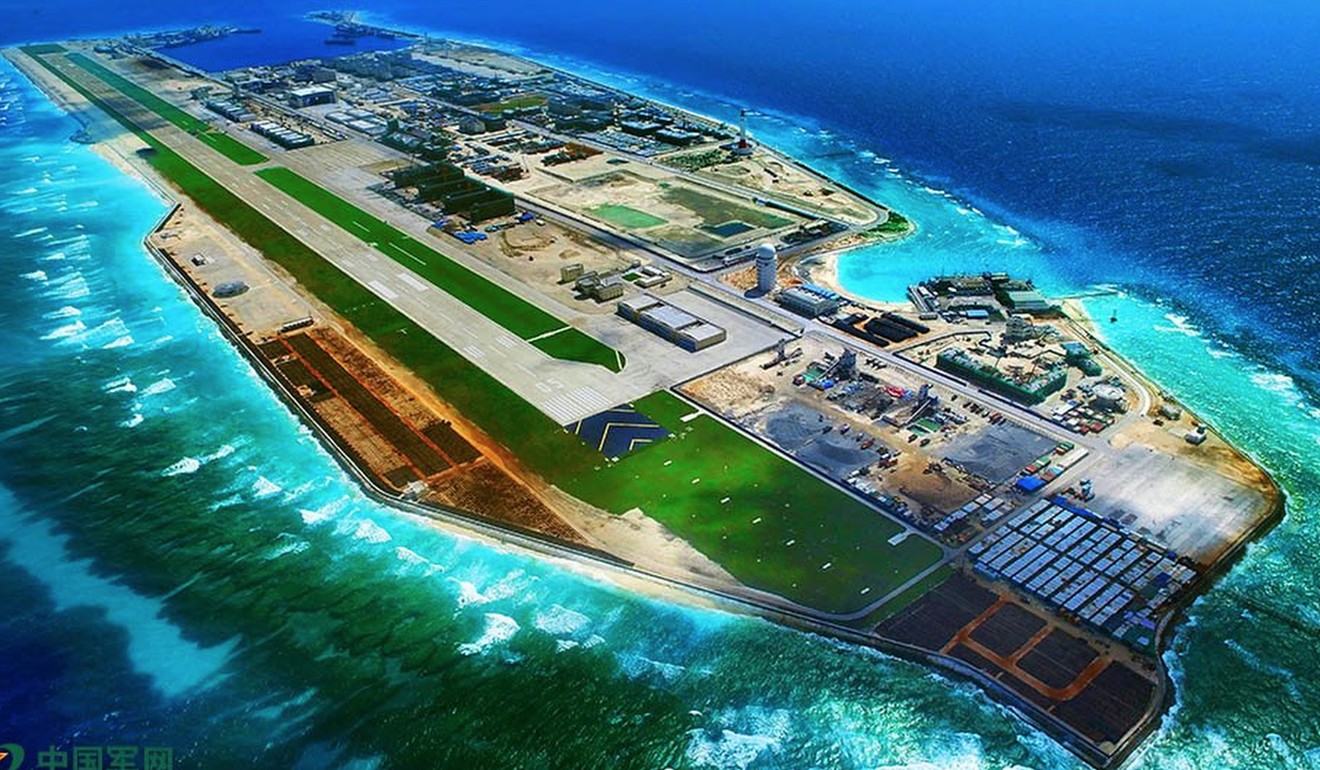
Japan seeks visit from British aircraft carrier to counter regional rivals: sources
- HMS Queen Elizabeth is the largest vessel ever built for Britain’s Royal Navy and Tokyo seems ‘very keen’ for it to dock in a Japanese port soon
- Analysts say such a move would build upon the two sides’ enhanced defence partnership in recent years
HMS Queen Elizabeth is the largest vessel ever built for Britain’s Royal Navy, weighing in at 65,000 tonnes. It is not expected to fully enter service until next year, but Tokyo is “very keen” that its first deployment include a visit to a Japanese port, according to an official who was not authorised to speak publicly on the matter.

The two countries have undertaken a number of joint security and defence initiatives in recent years, and a port call by the British aircraft carrier on its maiden voyage would serve to underline this enhanced partnership to Japan’s regional rivals, the source in Tokyo said.

“Britain’s Ministry of Defence clearly wants to do these deployments of land, sea and air units to the region as they want to make their presence felt in [the] Asia-Pacific,” he said.
Theresa May and Shinzo Abe team up to stop North Korea evading sanctions
“Japan is trying to get like-minded countries to confirm their security relationships with Tokyo in order to ensure stability in the Asia-Pacific region,” he said. “They have been working very hard on reinforcing alliances with Australia and India, but they are also trying to reach out further afield and a nation with an aircraft carrier would be a valuable ally.”

“Japan may want the Royal Navy to put on a show of force when it comes to the islands in the South China Sea, for example, but the last thing that London wants to do as it struggles with Brexit is to upset Beijing and damage its economic and business links, ” he said

“If HMS Queen Elizabeth comes to the Pacific, it won’t do anything approaching what US warships have done in the South China Sea and challenge the 12-mile limit [of territorial sovereignty] around those islands. I expect it will carry out ‘innocent passage’ beyond the 12-mile limit.
“But I also think that will please Japan as there is great symbolism attached to an aircraft carrier of a member of the UN Security Council and a G7 member state operating in the South China Sea and travelling on to Japan to reinforce the strategic partnership.”

Neither country’s defence ministry responded to requests for comment on the British aircraft carrier’s future deployment.

